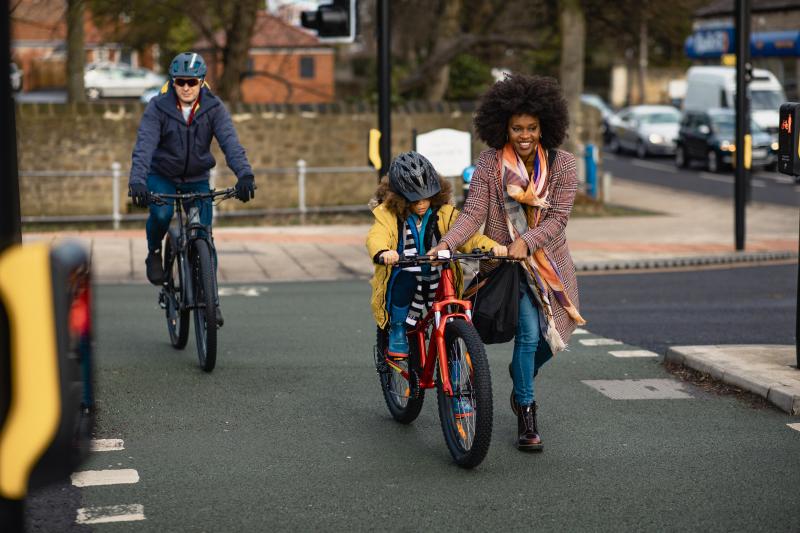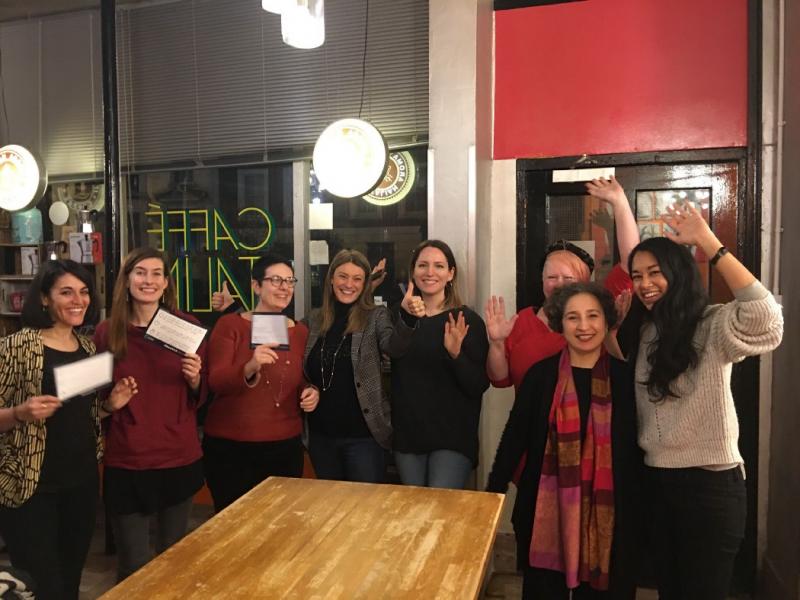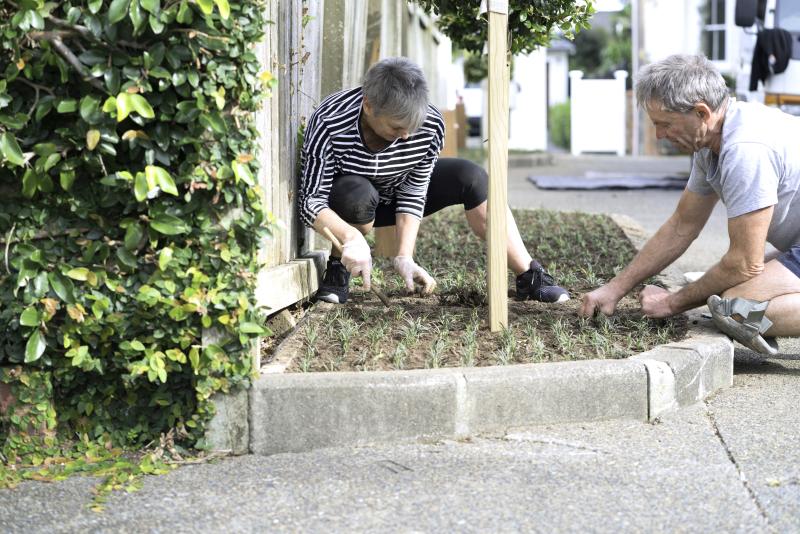Mary Stevens08 Nov 2022
Where I live in Bristol we have a problem with traffic. My road is a rat run. There are too many cars on the road and they travel too fast. Sadly, over the last few years there have been a number of accidents. In 2018 another near-miss prompted a group of residents to get together to try to do something about it. I offered to facilitate the conversations and ended up convening the group. We ran a couple of public meetings, engaged local councillors, even got our local MP to meet with us. We gathered data from the police and survey responses from over 300 households. But this isn’t a tale of success. Four years later, nothing has changed.
So what happened?
There were factors that are beyond our control, such as the funding environment, which means there is very little money for infrastructure change. But this is also an everyday tale of the difficulty of turning dreams and ambitions for change into reality - and how the digital technology we have at our disposal is currently making it harder rather than easier.
Building trust and relationships is fundamental to creating effective change together - but the digital technologies most of us are using are making the situation worse. Take the example of my street: we have a Facebook group, which fewer and fewer people use, we have a selection of WhatsApp chats emerging from the pandemic (invisible unless you’re already ‘in the know’), we have an angry lobby of Nextdoor-ers, and we have a gmail account that isn’t set up for group working and relies on a busy individual to manage it. None of these platforms support collective decision-making. All of them are geared at best to inertia and more often, to conflict rather than collaboration.
There were multiple options for the traffic problem and it was impossible to be confident about the preferred option. Those who objected did so vigorously however and their views were rapidly amplified by the digital platforms. And ultimately, as one neighbour put it, they’d rather “live with the traffic than have to live next door to someone I’d fallen out with.” One neighbour who did manage to lead street-level change a year before – getting some planters installed in the street – was so burned out by the online experience that he withdrew from engaging altogether. The experience of campaigners for low-traffic neighbourhoods in London, Oxford and elsewhere suggests this experience is widespread.
So how do we support collective action and make it a positive experience?
Of course the solution isn’t all digital. Peer groups are increasingly playing their part in accelerating trust and building confidence and helping people find a collective purpose. Our Money Movers programme is a good example of this and we’re proud to have worked with Huddlecraft to develop the methodology.
Transition Streets pioneered a street level peer-led approach over a decade ago and there are others such as The Week, All We Can Save Circles, Carbon Conversations, whose models provide motivation and help people work collectively for change.
Coming together to plan for action can be motivating but the messy frustrating journey of taking action is much less well supported. And unless intentions can be realised with the same care and joy which has shaped the process of awakening, then the pressures of the dominant system are likely to prevail.
At the same time neighbourhood-level collective action – for energy, retrofit, greening, transport - will be crucial to the rapid transition we need at all levels of society over the next few years. And if we want to be part of a movement to build the power of those most impacted by environmental harms then these communities also need to be backed by reliable technological infrastructure.
A better way?
At Friends of the Earth collective action is part of our DNA. But these fragmented times make this particularly challenging. We want to learn how we can better support people on this journey. What are the tools and technologies that don’t reinforce division? How can we use technology to bring people on board and build momentum for action, rather than undermine it? There are glimpses of this at city or national scale, in participatory politics, or projects like v-Taiwan, and the pol.is software that powers it. Platforms like Loomio and Hylo are also working to improve collaboration – but they struggle with very low levels of take-up. The Civic AI prototype, developed by Dark Matter with Lucid Minds and Nesta, is a brilliant imagining of a “new form of collective deliberation to support ecocentric decision-making [and] facilitate climate-positive commitments and sustained behaviour” but hasn’t yet progressed beyond the ideas on paper.
How do we find the right civic infrastructure?
Over the next few months we will be exploring this question of the civic infrastructure needed to support this transition. How might we enable people to quickly agree upon and organise climate action in their street / neighbourhood? We would love to hear examples where the organising – digital or otherwise – is effective and sustained, both for environmental and aligned justice struggles (what can we learn from housing campaigners or unions, for example?).
Perhaps you are already tackling this challenge, and would be interested in working with us to develop your prototype. Whatever your perspective, if you have seen glimpses of the future – places where technology is enabling people to fulfil their potential to act together - we would love to hear from you.




